Foliage
While flowering plants are the centerpiece of gardens, foliage plants can offer unique interest too. Foliage gardens can stand alone or accent your favorite flowers. Caring for foliage plants is no different than most other garden flora, but it helps to know about their basic needs, especially with the number of foliage plants and types of ornamental grass available. Keep reading for information on growing foliage plants and grasses in the garden, including specifics on individual plant types and ornamental grass care.
Explore Foliage
Foliage
-
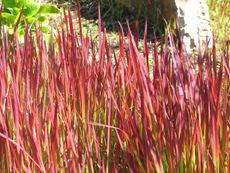
Killing Ornamental Grass & Tips For Invasive Ornamental Grass Control
Ornamental grasses have a diversity of form, color, and plumes, and they sound nice rustling in the winds, but some can become invasive.
By Bonnie L. Grant
-

How To Kill Weeds Not Moss – Removing Weeds From Moss Gardens
Perhaps you're contemplating turning part of your yard into a moss garden. But what about weeds? After all, removing weeds from moss by hand sounds like a lot of hard work. Luckily, controlling weeds in moss is not difficult. Learn how to kill weeds, not moss in this article.
By Laura Miller
-
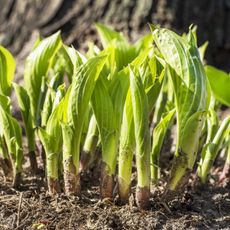
Are Hostas Edible? How To Harvest & Eat A Perennial Favorite
Are hostas edible? Amazingly, they are not only edible but highly nutritious. But they are poisonous to pets, so be sure to follow directions carefully.
By Bonnie L. Grant
-
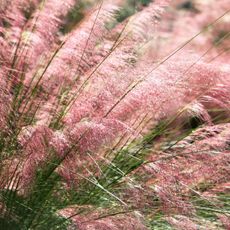
Care For Muhlenbergia: How To Grow Pink Muhly Grass
Pink muhly grass care couldn’t be simpler - like most native plants, it is low maintenance and wonderfully easy to grow. This warm-season grass is a total delight in the right landscape.
By Teo Spengler
-
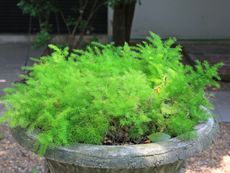
Asparagus Fern: Complete Plant Care And Growing Guide
By Becca Badgett
-

Hostas In Winter: Preparing & Caring For Hostas In The Cold
Preparing hostas for winter partly depends on your climate and, if you don’t worry about hungry mollusks and voles, it might be fine to let the foliage stay in place.
By Amy Grant
-
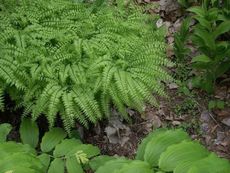
Maidenhair Fern: Complete Plant Care & Growing Guide
Adiantum maidenhair ferns are fluffy and elegant. We sometimes see them in the forest and, while they’re not always easy to grow at home, it’s worth the time and effort to try.
By Nikki Tilley
-

Southern Maidenhair Fern: Complete Care And Growing Guide
The delicate adiantum capillus-veneris, or maidenhair fern is a great addition to a woodland garden or indoor plant collection.
By Susan Albert
-
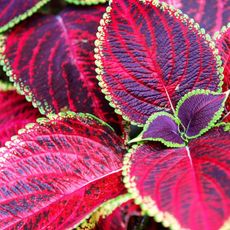
Coleus Care Guide: Everything You Need To Know
Dramatic and colorful, coleus plants are a staple in warm zones and containers, and they love partial shade.
By Nikki Tilley
-
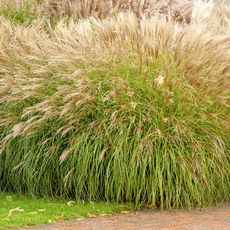
Ornamental Grasses: A Must-Have For Every Landscape
Dramatic and decorative ornamental grasses have become popular substitutes for turf grass.
By Liz Baessler
-

Indoor Yucca Plant Care: Grow Yucca As A Houseplant
Add an easy evergreen flourish to your home by growing yucca indoors. We show you how to grow and care for this houseplant classic.
By Becca Badgett
-
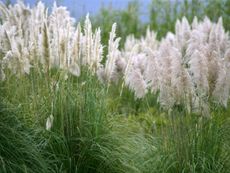
Don’t Plant These Invasive Ornamental Grasses
Ornamental grasses are beautiful but some are highly invasive. Before you buy, learn which ones could be a problem.
By Amy Grant
-
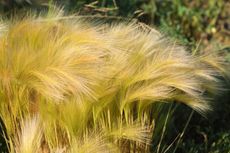
What Is Stipa Grass: Learn About Mexican Feather Grass Care
Native to Mexico and the southwestern United States, stipa grass is a type of bunch grass that displays feathery fountains of silvery-green, fine-textured grass throughout spring and summer, fading to an attractive buff color in the winter. Learn more about it here.
By Mary H. Dyer
-

Staghorn Fern Cold Hardiness: How Cold Tolerant Are Staghorn Ferns
Staghorn ferns have specific cold requirements. Click here to learn what they are, and if these ferns are a good choice for your climate.
By Darcy Larum
-

Caring For Yucca: Tips For Landscaping With Yuccas Outdoors
The yuccas plant's sword-like leaves add a distinctive look to any area. Click for more about how to grow yucca plants.
By Shari Armstrong
-
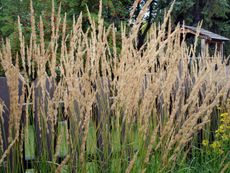
Karl Foerster Feather Grass Info – Tips For Growing Karl Foerster Grass
Karl Foerster feather reed grass is an excellent specimen around ponds, water gardens, and other moisture-laden sites. Some tips on how to grow Foerster feather grass will have you on your way to enjoying this versatile plant in your garden. Click here to learn more.
By Bonnie L. Grant
-

Best Plants For Evergreen Hedges
Evergreens make the perfect hedge for screening, and there are so many to choose from. Read on to learn all about them.
By Amy Grant

